University of Wisconsin–Madison engineers have developed low-cost sensors that allow for real-time, continuous monitoring of nitrate in soil types that are common in Wisconsin. These printed electrochemical sensors could enable farmers to make better informed nutrient management decisions and reap economic benefits.
Tag: Fertilizer
Tanzania fertilizer use increased after intervention, but changes were not sustained, study shows
Smallholder farmers in Sub-Saharan Africa tend to use very small amounts of fertilizer, limiting their crop productivity. A 2016 intervention in Tanzania increased farmers’ fertilizer use and their crop yields. However, a follow-up study from an international team of researchers found the 2016 effects proved temporary, and farmers have since reverted to baseline low rates of fertilizer use and low crop yields.

Agricultural management practices evaluated in new nitrous oxide accounting method
Most analyses point to agriculture as the major source of nitrous oxide (N2O) globally. But there are a lot of variables within agriculture that can affect emissions. A recent University of Illinois Urbana-Champaign study provides a comprehensive accounting for these factors, finding, among other things, that long-term no-till management can effectively cut N2O emissions.
Livestock manure is transformed into a bioresource enriched with carbon in just one day
Dr. Yoo Ji-ho and his research team from the Clean Air Research Laboratory of the Korea Institute of Energy Research (KIER) have developed a process that immediately converts livestock manure into biochar at livestock farms. Using the process developed by the research team, it is possible to convert 10 tons of livestock manure into biochar in a single day.
The unsettling revelation? Human actions are shifting this balance
The delicate balance between nitrogen (N) and phosphorus (P) in our environment, known as the N:P ratio, has long been understood in the context of nature and food. But a new study suggests that this balance might have far-reaching impacts on our health, influencing everything from the rise of certain cancers to the spread of infectious diseases like malaria and Zika.
Research Finds Water Quality in Gulf of Mexico Improves When Adding Social Costs to Carbon Emissions
Research led by the University of New Hampshire took a closer look at what would happen to agriculture if there was an extra cost, or so-called social cost, added to fossil fuels, which are essential for making fertilizer used in farming.
Zapping municipal waste helps recover valuable phosphorus fertilizer
One of humankind’s most precious fertilizers is slipping away. Phosphorus, which today comes mostly from nonrenewable reserves of phosphate rock, typically winds up in municipal waste streams. In the best cases, wastewater treatment plants sequester about 90% of that phosphorus in “sludge” and decompose that sludge into something known as digestate.
How much nitrogen does corn get from fertilizer? Less than farmers think
Corn growers seeking to increase the amount of nitrogen taken up by their crop can adjust many aspects of fertilizer application, but recent studies from the University of Illinois Urbana-Champaign show those tweaks don’t do much to improve uptake efficiency from fertilizer. That’s because, the studies show, corn takes up the majority of its nitrogen – about 67% on average – from sources occurring naturally in soil, not from fertilizer.
Fertilizing the Ocean to Store Carbon Dioxide
Iron-based fertilizer may stimulate plankton to pull carbon dioxide from the ocean, driving a carbon-negative process.
Ryes to the occasion – exploring how winter rye varieties can suit different climates
Two fertilizers shown as viable sources to winter hardy rye
Agricultural decarbonization gets new emphasis at ORNL
Finding a way to reduce metric tons of carbon dioxide while sustaining food products to feed the country and the world is becoming an area of increased focus in national decarbonization efforts and is attracting increased attention at Oak Ridge National Laboratory.
New NSF Center Will Advance Phosphorus Sustainability
North Carolina State University will lead a national research effort to reduce both dependence on mined phosphates and the amount of phosphorus that leaches into soil and water, the National Science Foundation announced today.
Combining sunlight and wastewater nitrate to make the world’s No. 2 chemical
Engineers at the University of Illinois Chicago have created a solar-powered electrochemical reaction that not only uses wastewater to make ammonia — the second most-produced chemical in the world — but also achieves a solar-to-fuel efficiency that is 10 times better than any other comparable technology.
Measuring nitrogen in green manures
Finding ways to determine nitrogen levels will help breeders help farmers
The surprising power of chicken manure
Chicken manure, known as poultry litter, is an age-old fertilizer. New research shows it can improve soils and increase crop yield, a boon for farmers.
Tracking Nitrate in Farm Fields
Nitrogen is essential for crops, but when it gets into the water supply, it spells big trouble. Scientists are trying to help farmers strike the right balance by measuring their fields.
Tree fungus reduces fertilizer requirement for ketchup tomatoes
Researchers report in ACS’ Journal of Agricultural and Food Chemistry they have recruited a fungus to bolster fertilizer efficiency, meaning tastier tomatoes can be grown with less fertilizer.
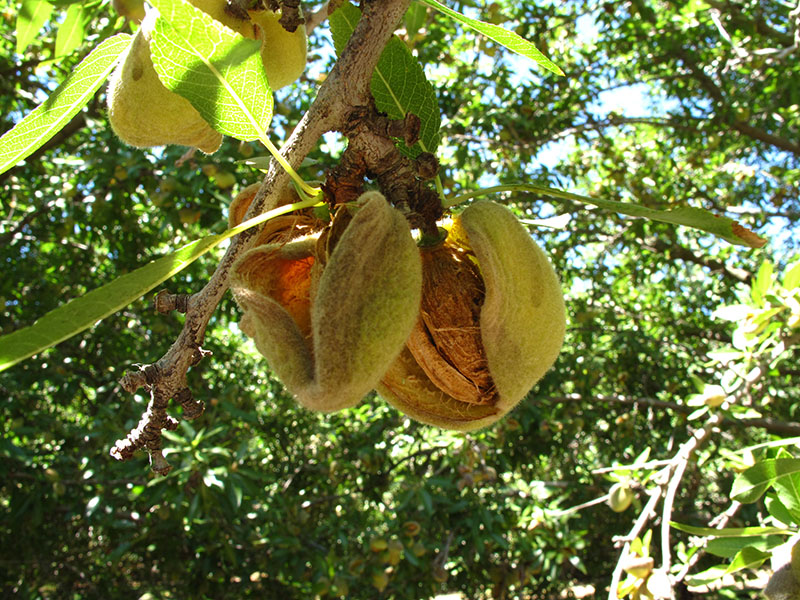
Keeping California a powerhouse of almond production
Research shows nitrogen efficiency and productivity not a tradeoff
Upcoming symposium highlighting advances in nutrient stewardship
The 4 R’s Advances in Primary Research of Nutrient Stewardship

How much fluorine is too much fluorine?
Research investigates how fluorine levels affect beneficial soil microbes
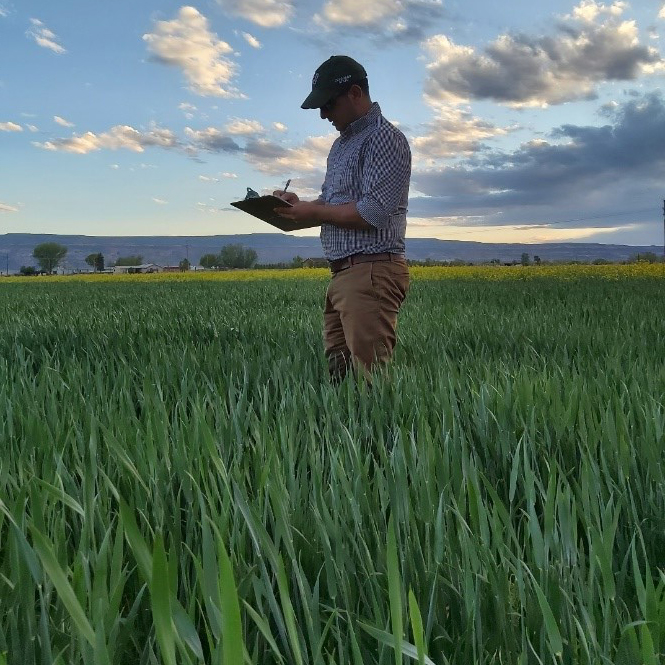
Putting zinc on Bread Wheat Leaves
Applying zinc to the leaves of bread wheat can increase wheat grain zinc concentrations and improve its nutritional content.
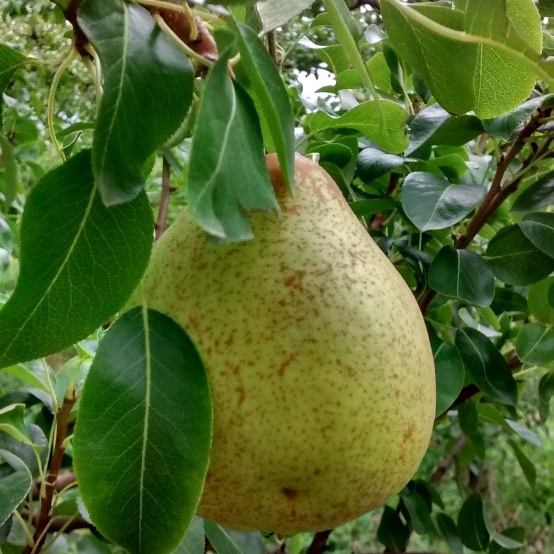
Effects of Potassium Fertilization in Pear Trees
Potassium fertilization effects on quality, economics, and yield in pear orchard
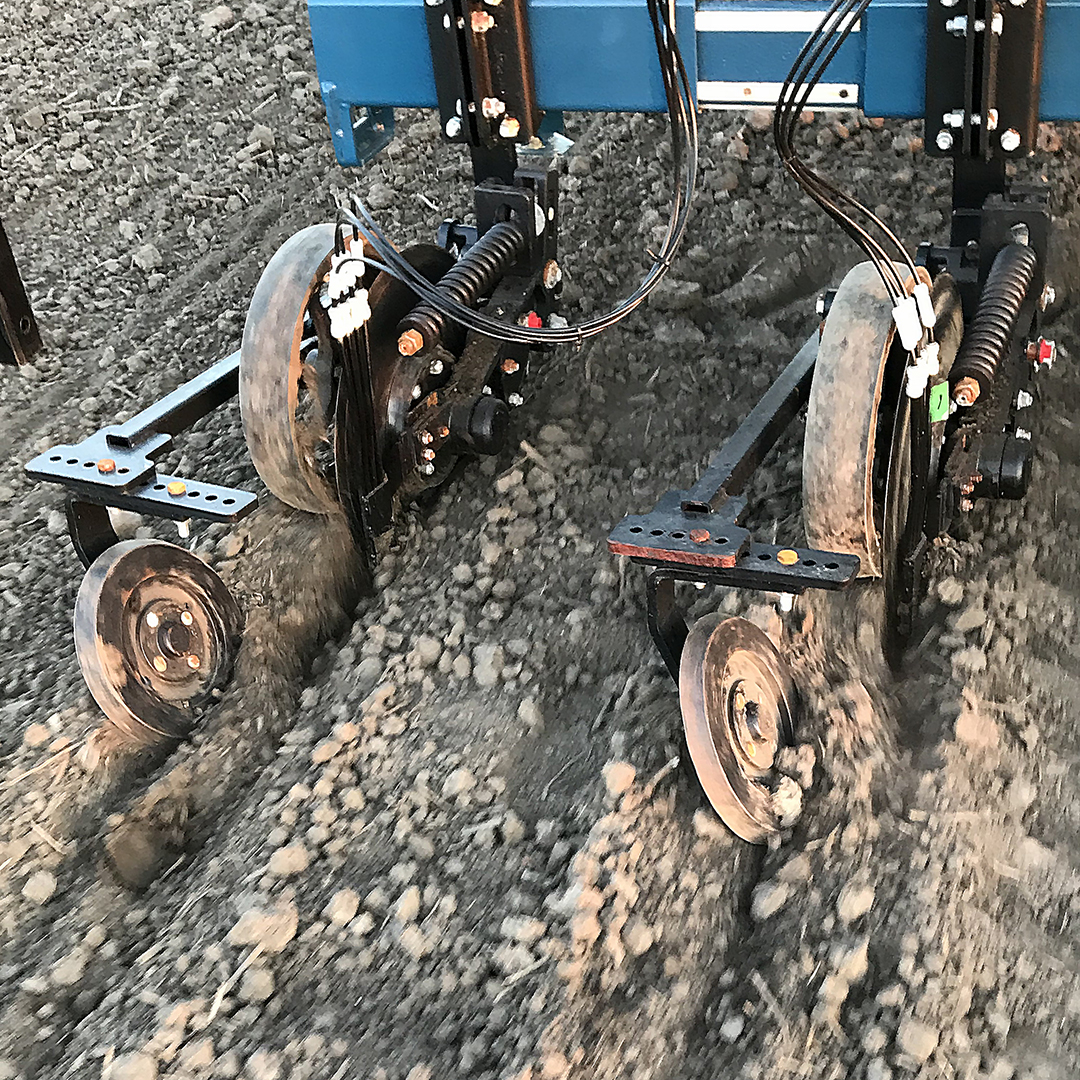
How are soil microbes affected by fertilizer in soils?
Nutrients are responsible for more than just plant growth.

Start your garden right
An ounce of preparation in the spring for a summer of garden bounty.

New test measures corn nitrogen needs with greater accuracy
A recently published study analyzed a combination of soil tests to gauge corn nitrogen needs more accurately than the standard chemical tests that have been in use for roughly 50 years. The research could result in economic benefits to farmers and improved environmental quality.
Continuous soil fertility monitor could benefit agriculture
The ever-increasing price of fertilizers and environmental concerns about nutrient runoff make development of a rugged continuous electronic monitoring device to detect soil fertility a possible boon to agriculture in the United States and the United Kingdom (UK).
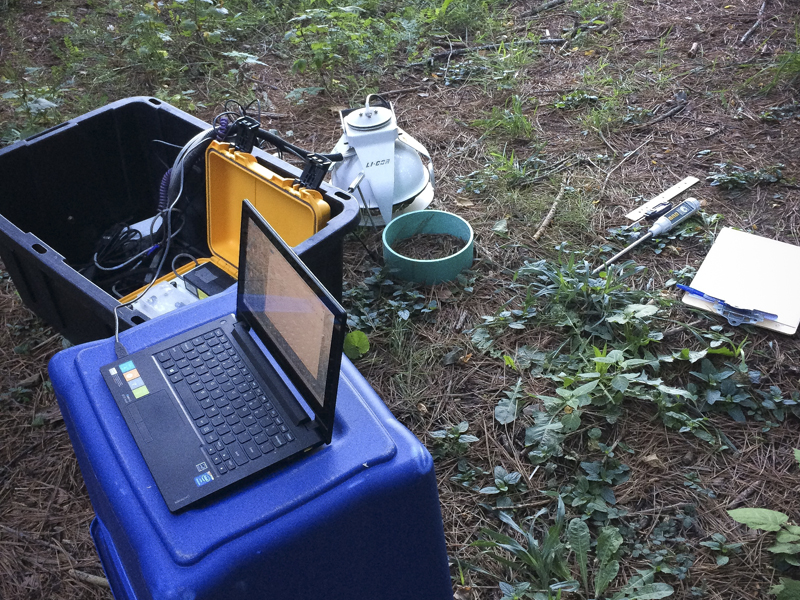
Do soils need a low-salt diet?
New findings suggest soils exposed to salt release more greenhouse gas
In Cuba, Cleaner Rivers Follow Greener Farming
For the first time in more than 50 years, a joint team of Cuban and U.S. field scientists studied the water quality of twenty-five Cuban rivers and found little damage after centuries of sugarcane production. They also found nutrient pollution in Cuba’s rivers much lower than the Mississippi River. Cuba’s shift to conservation agriculture after the collapse of the Soviet Union—and reduced use of fertilizers on cropland—may be a primary cause.

What do nutrients do for plants?
What do nutrients do for plants?
Urine reuse as fertilizer is not likely to transfer antibiotic resistance
Going “green” with urine carries some potential risks. Now, research published in ACS’ Environmental Science & Technology (ES&T) shows this risk is likely to be minimal.
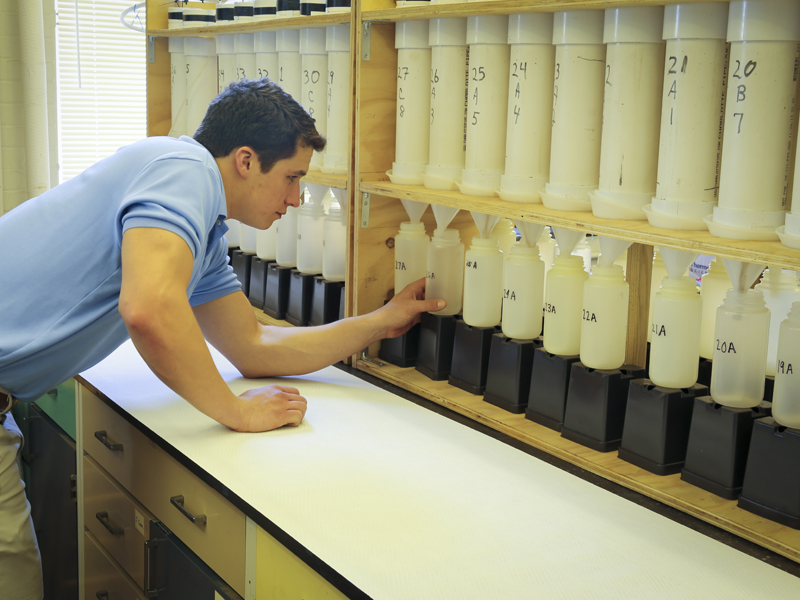
Helping plant nurseries reduce runoff
Researchers identify production strategies to help manage phosphorus

Alfalfa and potassium: It’s complicated
Expect a tradeoff between alfalfa yield and quality when fertilizing with potassium
Linking soil and environmental health
Changes in soil microbes, soil salinity to be covered in symposium